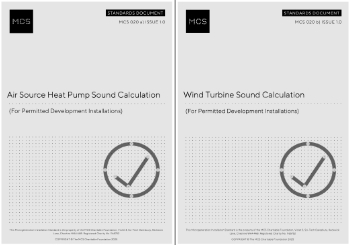Building energy simulation software
Building energy simulation software is computer-based simulation software designed to perform comprehensive analysis of a building’s energy use or to analyse the energy-using systems of a building. It uses specialist software/platform tools to address particular concerns, such as daylighting, moisture transfer from building materials, natural ventilation, occupant comfort and indoor air quality.
Increasing environmental and energy concerns among end users is anticipated to drive the building energy simulation software market. Architects and engineers are adopting advanced design in green building infrastructure to provide comfort to residential and commercial users by reducing the negative impact on the environment. The demand for green home design is also increasing to reduce overall expenses on energy consumption.
The increase in awareness about green building structures among customers is prompting solution providers to offer advanced energy simulation software..
End users are less aware of building energy simulation software/tools and applications in the management and analysis of energy consumption and modelling. Companies are still using traditional ways to improve infrastructure design and energy consumption modelling.
Furthermore, COVID-19 has negatively affected the growth of industries across all regions. The demand for building energy simulation software decreased during the lockdown period of COVID-19. Companies are facing financial problems during the lockdown due to the low return on investment and insufficient funds to be sustainable in the market; many construction companies are delaying their projects due to insufficient staff.
[edit] Related articles on Designing Buildings
Featured articles and news
Heat pump and wind turbine sound calculations for PDRs
MCS publish updated sound calculation standards for permitted development installations.
Homes England creates largest housing-led site in the North
Successful, 34 hectare land acquisition with the residential allocation now completed.
Scottish apprenticeship training proposals
General support although better accountability and transparency is sought.
The history of building regulations
A story of belated action in response to crisis.
Moisture, fire safety and emerging trends in living walls
How wet is your wall?
Current policy explained and newly published consultation by the UK and Welsh Governments.
British architecture 1919–39. Book review.
Conservation of listed prefabs in Moseley.
Energy industry calls for urgent reform.
Heritage staff wellbeing at work survey.
A five minute introduction.
50th Golden anniversary ECA Edmundson apprentice award
Showcasing the very best electrotechnical and engineering services for half a century.
Welsh government consults on HRBs and reg changes
Seeking feedback on a new regulatory regime and a broad range of issues.
CIOB Client Guide (2nd edition) March 2025
Free download covering statutory dutyholder roles under the Building Safety Act and much more.
Minister quizzed, as responsibility transfers to MHCLG and BSR publishes new building control guidance.
UK environmental regulations reform 2025
Amid wider new approaches to ensure regulators and regulation support growth.
BSRIA Statutory Compliance Inspection Checklist
BG80/2025 now significantly updated to include requirements related to important changes in legislation.























